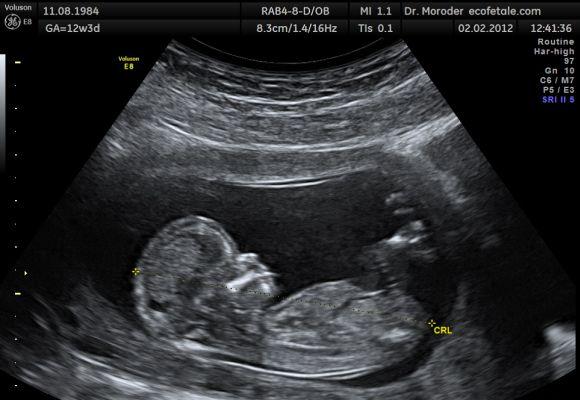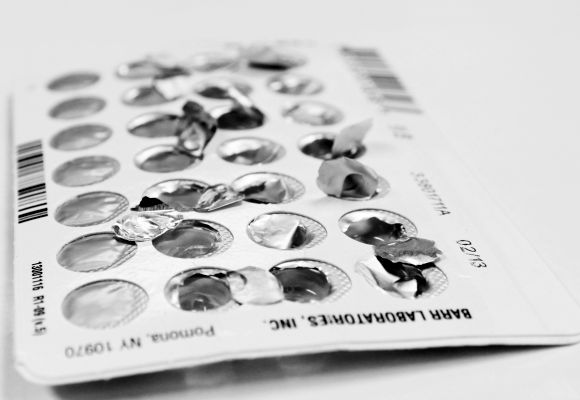Photographs: Reuters
The decade of 1950s is marked with some of the major scientific innovations such as the discovery of the double-helix structure of DNA and the launch of Sputnik I, which started the Space Race.
It also happens to be a decade that greatly improved our lives and here are some of the innovations from the ‘50s that we still use today.
Source: Buzzfeed.com
Credit Card
Year: 1950
Though the concept of credit card existed since 1930s, the founders of Diners Club - Ralph Schneider and Frank McNamara - expanded the the idea of customers paying different merchants using the same card in 1950.
Mass usage, however, started in 1958 when Bank of America launched the BankAmericard in California.
…
12 innovations from the 1950s that we still use today
Photographs: Courtesy, Coca-Cola
Diet Soda
Year: 1952
It came into existence when Kirsch Bottling launched a sugar-free ginger ale called No-Cal in Brooklyn. It was made for diabetics and not for dieters. Others soon followed with their own producs.
In 1958 Royal Crown Cola came up with a diet soda product, Diet Rite. In 1962, Dr Pepper released diet version of its soda.
The consumption in the initial years was slow as people perceived it as a drink for diabetics.
The mass consumption started when Coca-Cola Company came up with a product called Tab that was originally sweetened with cyclamates and saccharin.
…
12 innovations from the 1950s that we still use today
Photographs: Courtesy, Ebony Magazine
Roll-on deodorant
Year: 1952
It was developed taking inspiration from the ball-point pen and the product was called Ban Roll on.
The first commercial deodorant, called Mum, was developed and patented in 1888 by an inventor in Philadelphia. This company was later bought over by Bristol-Myers in 1931. A marketing executive from the company, Edward Gelsthorpe, decided to market a deodorant based on the newly invented ball-point pen.
Aerosol deodorants came much later in 1960s when Gillette launched the Right Guard. They became popular because they could dispense without coming in contact with the users, and soon started replacing the roll-ons.
…
12 innovations from the 1950s that we still use today
Photographs: Ronen Zvulun/Reuters
Colour television
Year: 1953
Though colour televisions were available since 1953, viewers got to see only a few hours of colour programmes. The TV set was also expensive compared to the black and white one.
According to Wikipedia, in 1964 only 3.1 per cent of television households in the US had colour set.
It was only after the cost came down and more and more broadcasters started colour programming the sales of colour TV picked up. In 1972, for the first time the sale of colour sets crossed over the black and white ones.
…
12 innovations from the 1950s that we still use today
Photographs: Wikimedia Commons
Microwave oven
Year: 1954
When the US-based company Raytheon newly introduced microwave ovens, they were sold for $2,000 - $3,000, which translates to $17,000 to $26,000 in the present time.
With time, the size shrunk and so did the cost. It was only in the 1970s that it became a commercial success.
…
12 innovations from the 1950s that we still use today
Image: Passengers walk towards their departure gates in the newly opened Terminal 3 at Singapore's Changi Airport.Photographs: Vivek Prakash/Reuters
Automatic doors
Year: 1954
Found commonly at the entrance and exits of supermarkets and airport terminals, these doors eliminate the need for a person to open or close the door by turning a door knob.
Dee Horton and Lew Hewitt co-invented the automatic sliding doors after they saw that the existing swing doors were difficult operate during strong wind. They commercialised it through Horton Automatics.
…
12 innovations from the 1950s that we still use today
Photographs: Alexander Klink/Wikimedia commons
Velcro
Year: 1955
Switzerland-based George de Mestral first conceived the hook-and-loop fastener while returning from a hunting trip in the Alps. He noticed that seeds of burdock kept sticking to his coat and on his dog’s fur. When observed under a microscope, he saw the hundreds of hooks that had caught anything with a loop.
After 10 years of trying to commercialise it, Mestral was finally granted a patent in 1955.
…
12 innovations from the 1950s that we still use today
Image: Russia's Prime Minister Vladimir Putin fastens his seat belt as he prepares to drive a Russian-made Lada Kalina car in the city of Khabarovsk.Photographs: RIA Novosti/Reuters
Three-point seat belts
Year: 1959
Developed by Nils Bohlin, Volvo first introduce the three-point seat belts as a standard item in its car Volvo 122.
Though Volvo developed it, the company kept the new belt design patent open in the interest of safety and made it available to other car manufacturers for free.
…
12 innovations from the 1950s that we still use today
Image: Ultrasound image of a foetus.Photographs: Wolfgang/Wikimedia commons
Ultrasound
Year: 1956
Obstetrician Ian Donald and engineer Tom Brown developed the first prototype of medical ultrasonography in 1956 in Glasgow.
At the same time experiments were being conducted in the US and Sweden to use ultrasound for medical purposes. Hospitals, however, started using the machine in 1970s.
…
12 innovations from the 1950s that we still use today
Image: Japanese bubble-wrap manufacturer Kawakami Sangyo Co. Ltd's heart-shaped bubble wrap sheets are seen in Tokyo.Photographs: Toru Hanai/Reuters
Bubble Wrap
Year: 1957
Two inventors - Alfred Fielding and Marc Chavannes - were attempting to create a 3-dimensional plastic wallpaper. Although the idea was a failure, they found that it did make for great packing material and bubble wrap came into existence.
…
12 innovations from the 1950s that we still use today
Photographs: Bryancalabro/Wikimedia
Birth control pill
Year: 1957
The US Food and Drug Administration department initially approved a drug branded as Enovid for menstrual disorders. Later studies found that it could also be used as contraception.
…
12 innovations from the 1950s that we still use today
Image: A 1950s-style TV dinner. This type of meal was common until the mid-1980s.Photographs: Smile Lee/Wikimedia Commons
TV dinners
Year: 1953
This popular meal in the US was developed by C.A. Swanson & Sons, who was able to cleverly market it by using its nationally-recognised brand name with an extensive national marketing campaign.
The originality of the concept is however disputed. Earlier to Swanson’s TV Dinner, William L. Maxson's frozen dinners were being served on airplanes. Also, the first frozen dinners on oven-ready aluminium trays were introduced by Quaker States Foods under the One-Eye Eskimo label, according to Wikipedia.













article